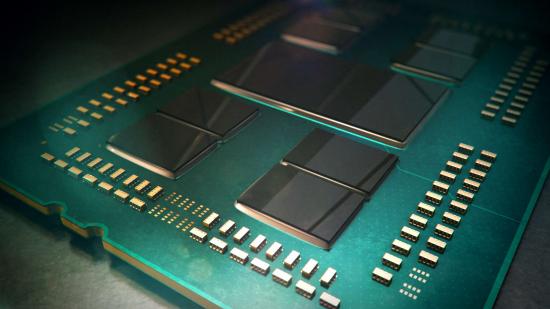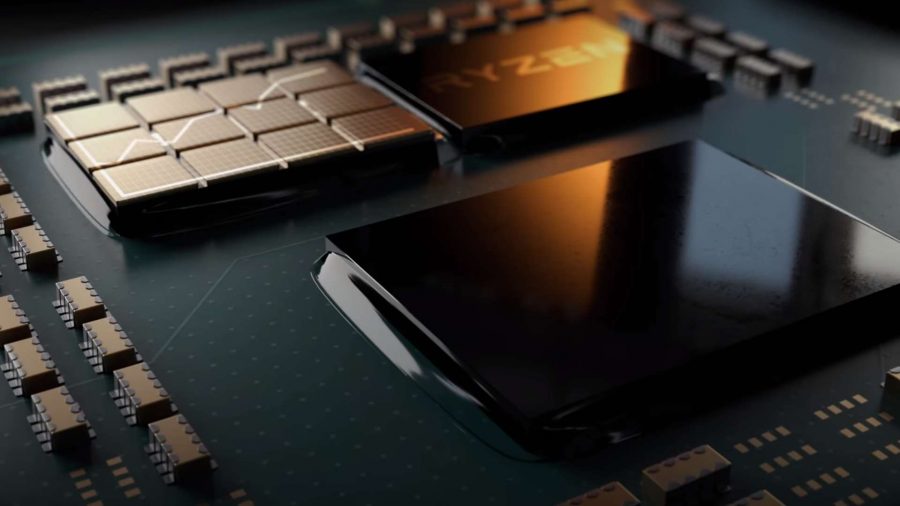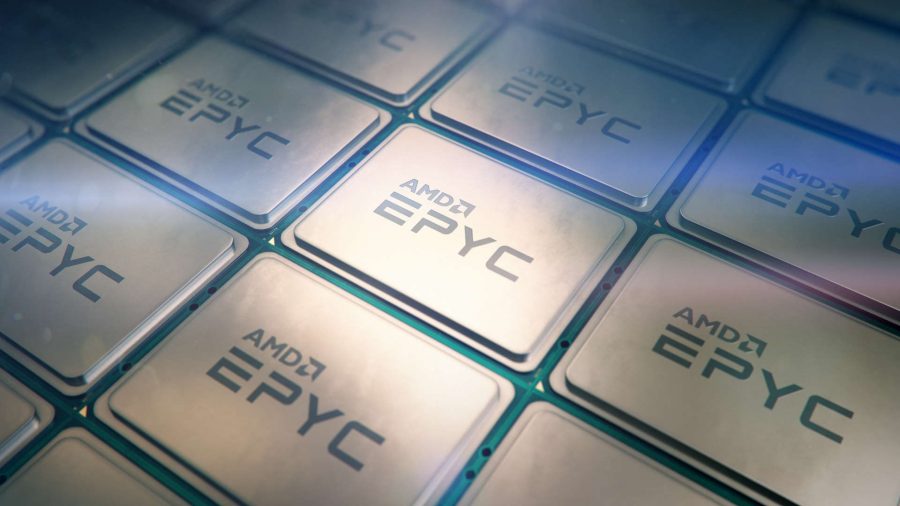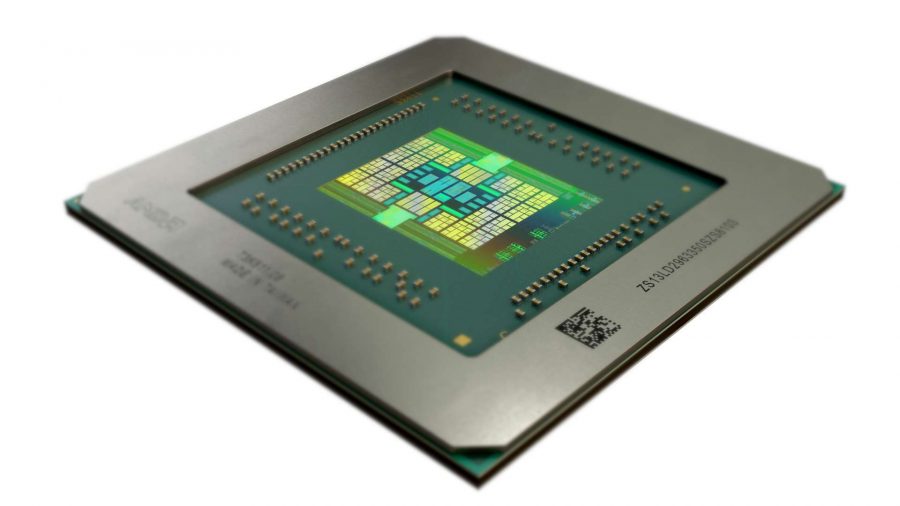It’s getting tight out there. Everybody wants leading edge silicon and where you’re the top two producers in the world it’s no surprise that demand is outstripping supply. For Intel, that means it’s still struggling to get enough 14nm product out the door of its own fabs to keep up with the insatiable demand of laptop, desktop, and server manufacturers. And for AMD, it means fighting it out with Apple, among others, for a share of the 7nm production that TSMC is struggling to squeeze out of its own production facilities.
We had thought maybe Intel’s problems were over after it invested heavily into its 14nm production and finally started moving over to the laggardly 10nm node. But recent reports meant Intel’s had to come out to confirm that it is indeed still operating in a “challenging supply-demand environment.”
The root of the problem is that late, late 10nm node and the fact its delay has meant everything from its chipsets to server parts, to desktop and laptop chips, are being manufactured on the same process, with the knock on effect of putting a huge strain on Intel’s resources. And there, but for the grace of TSMC, goes AMD…
Intel’s been in trouble for a while, but at the very least it owns the manufacturing facilities with which to tweak and ensure it’s getting optimal production of 14nm silicon. AMD, on the other hand, has to wholly rely on third-party manufacturing having divested all its own production into the GlobalFoundries venture just over ten years ago.
Going fabless has actually been one of AMD’s strengths in its lean times, allowing it to still operate as the number two CPU provider in the world and avoid collapse. But as it’s gotten stronger, and demand for its products has grown, it’s starting to hit up against the constraints of relying on other companies for the physical creation of its own goodies.
That’s most recently been shown by the delayed launch of its flagship 16-core Ryzen 9 3950X. The 7nm chip was set for a September release, but AMD recently came out and said it was delaying the processor so it could focus “on meeting the strong demand for our 3rd generation AMD Ryzen processors.” Essentially it’s taken the decision to push back a low-yield product in favour of trying to manufacture as many of the volume Ryzen 3000 processors as it can.
Though there has been the suggestion the real reason behind the delay is the failure of the 3950X to get up to the required clock speed… Whatever the truth of the matter, it’s been mighty difficult getting hold of a good number of Ryzen 3000 CPUs recently with a lot of the SKUs going out of stock across the globe after the initial allocations ran dry.
So it’s back to TSMC to get some more Zen 2 silicon shipped out of its 7nm fabs and on to AMD’s packaging facilities. Except TSMC also recently announced it’s having to triple the lead time on its 7nm production due to heavy demand and limited supply. That won’t necessarily affect AMD’s current contracts with TSMC, but could have an impact on future product launches, plus any extra capacity the AMD might need to claim in order to produce more of its chips. If demand for AMD’s goods remains strong, as it seems to across the board, then it’s surely going to have to make overtures to TSMC in terms of increasing production capacity for its product.
The issue with that is TSMC has also advised its clients that if they want any of its finite 7nm capacity in 2020 they’re going to have to get in now to book up as space is running out fast. AMD is going to want a whole lot of 7nm capacity because we’re now getting to a point where pretty much everything the company makes, bar the chipset and I/O silicon at the heart of its Zen 2 processors, is being manufactured on the 7nm node.
So, AMD is either going to have to gamble, throw huge 7nm orders at TSMC for 2020 in the hope it can maintain or increase the demand to match any extended supply, or stick with what it’s got planned and hopes the stock it’s building up will be enough to sate a ravenous market.
I don’t know about you, but to me this is sounding awfully reminiscent of the root cause of Intel’s own 14nm manufacturing problems. With all its professional and consumer graphics cards, server and client processors, plus future APUs, all requiring 7nm silicon, AMD is incredibly reliant on there being plenty of 7nm capacity at TSMC. We’ve also got a whole range of high-volume mainstream GPUs on the way in the RX 5500-series, plus reportedly a bunch of notebook parts too.
If Apple perks up and swallows a whole chunk of it, and AMD’s continued success leads to it requiring more and more 7nm capacity for a well-received Navi GPU generation, for its Ryzen desktop and laptop chips, and a server market where it’s getting on for a 10% share of the market, then things could get even tighter on the supply-demand side.
And heaven forbid TSMC having another virus or chemical cock-up spoiling thousands of expensive wafers…
And that’s before we even start to talk about the 7nm silicon the manufacturing of a whole new generation of Sony PlayStation 5 and Microsoft Xbox Scarlett consoles is going to require. Who’s making that? Is TSMC going to be tasked with building AMD’s semi-custom silicon for the consoles too? That’s not necessarily a problem for AMD itself, as I’d guess Sony and Microsoft arrange the actual manufacturing of the custom chips themselves, but it still means there’s a whole lot of reliance on getting a good 7nm manufacturer. And there aren’t a whole lot of leading edge 7nm silicon makers out there after all.
But this isn’t something AMD didn’t know going into this new generation of processor and graphics silicon. It would have been aware that it needs TSMC’s 7nm manufacturing to remain robust, and I’m sure contingency plans will have been drawn up in the case of a tight supply of fresh silicon. The ill timing of its Ryzen 9 3950X delay announcement and the reports of TSMC’s manufacturing struggles have arguably made things seem a lot worse than they actually are.
I don’t believe it’s something that we should worry about right now, but putting all its silicon eggs in one TSMC process node basket is potentially starting to look like a bit of a gamble.
And even when its contract manufacturing partners weren’t struggling with capacity issues, or being sued over patent infringements with companies AMD gave birth to, it still has a history of struggling to maintain chip supplies into the channel.
My other concern is that any contingency plans might require the reallocation of chip manufacturing priority to segments other than gaming. Sure, it makes a heap of cash for AMD, but the burgeoning server environment is surely going to have a lot more pull than manufacturing a bunch more RX 5700 GPUs.
But I have faith in Dr. Su and her engineering smarts, she wouldn’t let things go the way of Intel… would she?




